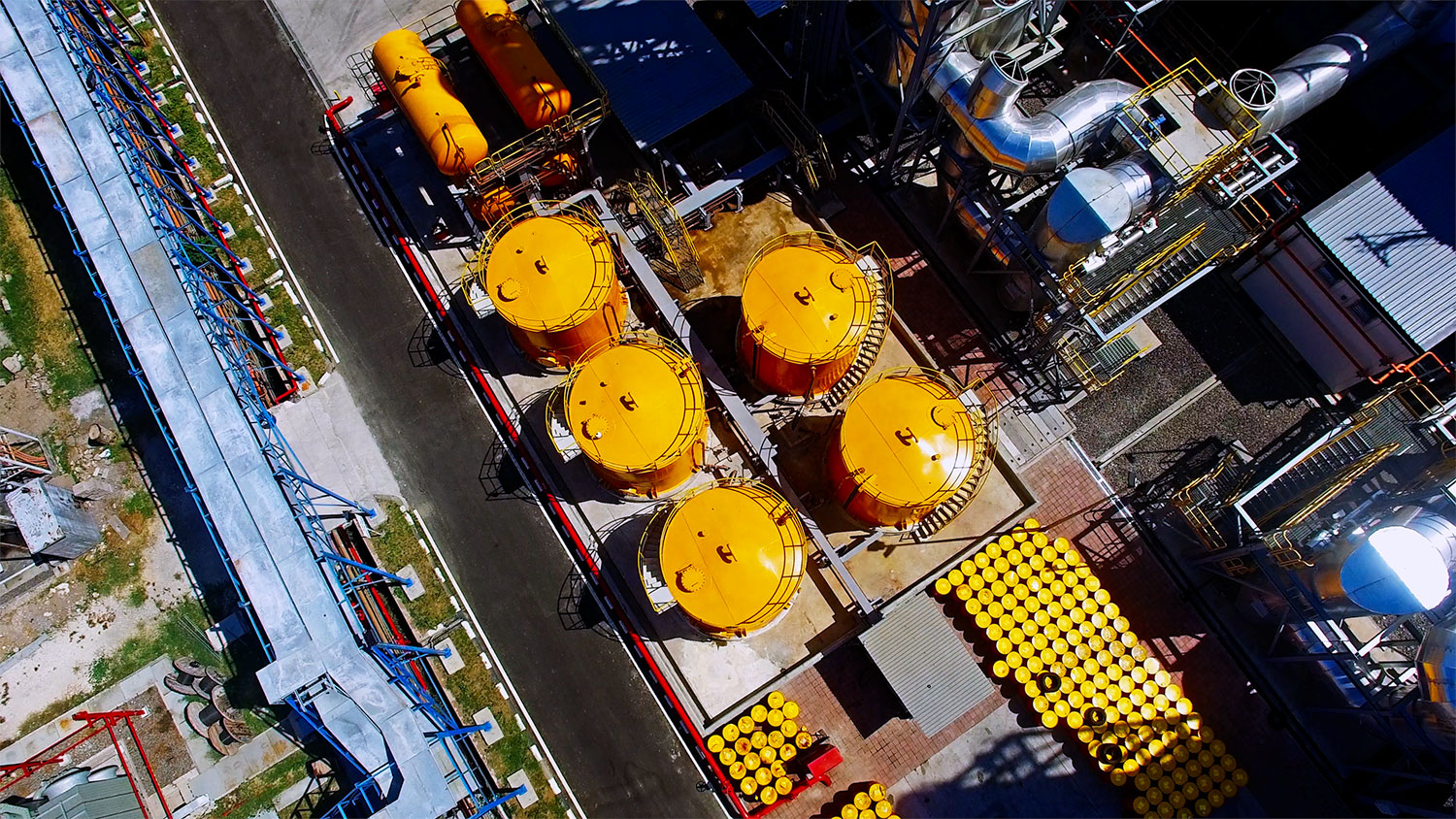Natural gas demand grew 14% in Spain in 2019, and this energy source confirmed its important role in supporting the development of renewable energies.
Energy markets expert Miguel Ángel Lasheras states that “the ecological transition will require significant investment efforts in the sector, while the gradual substitution of natural gas with renewable gases and hydrogen is considered”.

As stated in the publication “The Spanish natural gas sector in numbers”, produced by the Naturgy Foundation and presented by energy markets expert Miguel Ángel Lasheras, natural gas demand increased almost 14% on the Spanish market in 2019, and recovered the upward trend seen in recent years after the slight decrease in 2018.
Demand was distributed by market as follows: 59% industrial, 28% generation and 13% commercial and residential. Natural gas demand for combined-cycle power generation experienced the biggest growth (80%) and now accounts for almost a third of total demand.
“This increase shows that gas acted as an energy source in addition to renewable generation in a context where carbon generation is falling”, explains Lasheras. “We are in the midst of an energy transition process, where gas plays an important role supporting the development of renewable energies or industrial and transport sectors that cannot be electrified. At present, it is impossible to get all of our energy from renewable sources, and what has happened in 2019 has consolidated this vision”, he says.
“Last year, gas acted as an energy source in addition to renewable generation all over the world, offering flexibility, security, and cost-efficiency. Consequently, worldwide gas demand grew 4.9% in 2019”, explained Lasheras.
According to the data collected in the 2019 report, the liberalised market represented 80% of customers and 98% of the energy sold.
Flexible regulation
“In 2019, the sector was quite balanced in terms of regulated system costs and revenues. In fact, there was a surplus of 354 million euros, and even though this did not totally offset pre-2015 deficits (there is still an accumulated deficit of 783 million euros), it led to a significant reduction”, explained Lasheras.
The economist reminded us that the new distribution regulation will be implemented in 2020, in accordance with the Spanish National Commission on Markets and Competition (CNMC) Circular 4/2020 for the 2021-2026 period. “We will have to see how this new framework affects asset earnings and rates of return. We must take into account that the ecological transition will require significant investment efforts in the gas sector, while the gradual substitution of natural gas with renewable gases and hydrogen is considered”, explained the expert. With this in mind, Lasheras states that “regulation will probably have to become more flexible and adapt”.
According to the report and Eurostat’s annual comparison, “consumer prices in both the household and industrial sectors are in line with European averages”, explained Lasheras. “Consequently, we can take on the future of the energy transition and the role that the Spanish gas sector will play with optimism, firstly by substituting coal as a reliable energy source and supporting renewable energies while clean gas technologies are developed, and then by driving forward the incorporation of renewable gases and hydrogen to replace natural gas”, added the economist.
Supplies grew by almost 7%
The Naturgy Foundation document also provides data on supplies, which grew by 6.85 compared to last year. Liquefied natural gas (LNG) supplies grew by 44% due to the context of lower prices on the international market.
The caused regasification plant utilisation to increase from 21% in 2018 to 33% in 2019, and led underground storage to reach an all-time high of 90% capacity. “Spain took advantage of the opportunity provided by short-term LNG markets and the price advantages compared to coal”, argued Lasheras.
Share